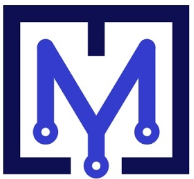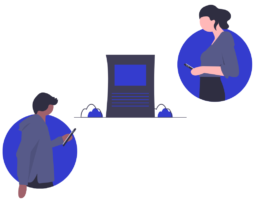Embracing a Hybrid Work Landscape – The post-pandemic office
“Without change there is no innovation, creativity, or incentive for improvement. Those who initiate change will have a better opportunity to manage the change that is inevitable.” – William Pollard. This wisdom resonates strongly today. As organizations gradually reintegrate into shared workspaces after pandemic disruptions, many of us plan to continue practicing some level of social distancing and flexible schedules to stay healthy. The big question is: What will this new working landscape actually look like? It’s clear that hybrid work is here to stay—only a small fraction of CEOs plan to impose more in-office mandates in 2025. Instead, most companies are embracing hybrid models, recognizing that offices were only 50–65% utilized even before the pandemic. In other words, change was overdue.
Redesigning Spaces for Safety and Connection
How will we adapt the spaces we once inhabited so easily? Readjusting to co-workers beyond our household means office layouts need modifications. We must maintain safe distances while somehow preserving the collaborative vibe of our teams. With these unknowns ahead, how can we make the best of what we have? One answer lies in data-driven design. Using asset utilization data and workplace analytics, we can reconfigure layouts to support both safety and teamwork. For example, sensors can measure usage of popular spaces to inform cleaning schedules, or identify where furniture reconfigurations could better accommodate teams. Here at MySeat, we believe in harnessing the data your space and employees generate in their daily activities as a cornerstone of smart decision-making. myseat.io
Leveraging Workplace Analytics Tools
Occupancy intelligence offers practical ways to adapt. MySeat’s technology includes tools like:
SenSeative interaction sensors: These accelerometer-based sensors attach to furniture or equipment and log each use. They can be placed on anything from seats and desks to whiteboards or even soap dispensers, registering an interaction whenever the object is used. This fine-tuned data lets you see which assets are most engaged throughout the day.
AmbiSense environmental sensors: These devices track factors like humidity, temperature, and light levels in different areas. Such context enriches space analysis, offering clues as to why certain zones might be underutilized (too dark? too warm?) or why others become team favorites.
(Image: MySeat’s sensor solutions can anonymously monitor space usage and environmental comfort.) The insights from these tools can directly inform how you modify your office. If a cluster of desks is rarely used, perhaps the lighting or temperature is off. If a meeting area gets heavy use, you might replicate its features elsewhere.


